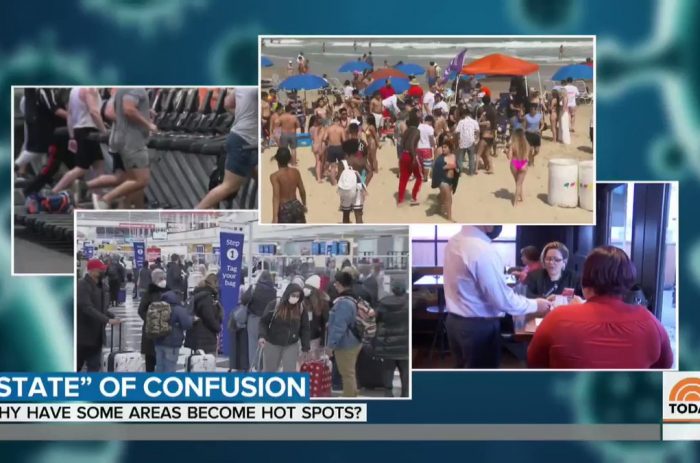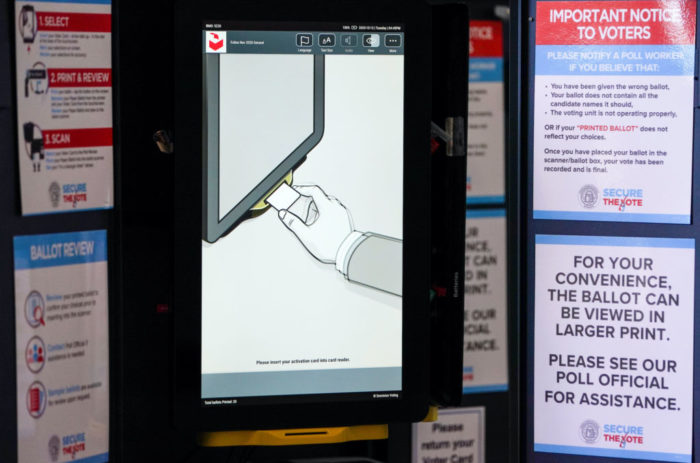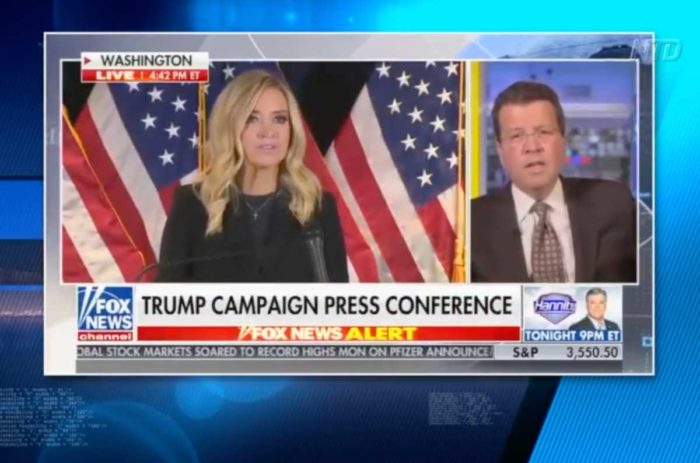redo Jump to...
print Print...
Directions
-Read the excerpt below from the "Best of the Web" post by The Wall Street Journal's OpinionJournal editor James Taranto.
-Read "Types of Media Bias" in the right column. Then answer the questions.
From a post by OpinionJournal.com’s editor James Taranto (original post date 6/17/13):
The New York Times reports on a new study with a blindingly obvious conclusion:
News organizations are far more likely to present a supportive view of same-sex marriage than an antagonistic view, according to a content study by the Pew Research Center to be released on Monday [June 17].
…No way! But actually there is news here, in that the leading [mouthpiece] of America’s left-liberal media has published an acknowledgment – if only a second-order one – of its own bias. Pew also looked at Twitter posts and found them “almost evenly divided between support and opposition for the measure – closely reflecting public opinion.”
“The study lends credence to conservative charges that the nation’s news media have championed the issue of same-sex marriage at the expense of objectivity,” writes the Times’s Brian Stelter. “Others have argued that news organizations are right not to overly emphasize opposition to what many see as a core civil rights issue.”
To sum up: The so-called mainstream media are overwhelmingly biased in favor of a position on which the public is evenly split. Within the media, there are two prevailing attitudes toward this bias: denial and defiance. Even opponents of same-sex marriage, by and large, don’t argue the media should be biased against it, but it would be nice if someone somewhere in the MSM would acknowledge both that the bias exists and that it is problematic.
To accurately identify different types of bias, you should be aware of the issues of the day, and the liberal and conservative perspectives on each issue.
Types of Media Bias:Questions
1. What type of bias does the media display in their reporting on same-sex marriage?
2. In response to the NY Times’ admission that the media is biased against traditional marriage, Mr. Taranto asserts:
The mainstream media [MSM] are overwhelmingly biased in favor of a position on which the public is evenly split. Within the media, there are two prevailing attitudes toward this bias: denial and defiance. Even opponents of same-sex marriage, by and large, don’t argue the media should be biased against it, but it would be nice if someone somewhere in the MSM would acknowledge both that the bias exists and that it is problematic.
Do you agree with this assertion? Explain your answer.
Scroll down to the bottom of the page for the answers.
Answers
1. The media displays bias by spin in their reporting on same-sex marriage. Bias by spin occurs when the story has only one interpretation of an event or policy, to the exclusion of the other; spin involves tone – it’s a reporter’s subjective comments about objective facts; makes one side’s ideological perspective look better than another.
2. Opinion question. Answers vary.



